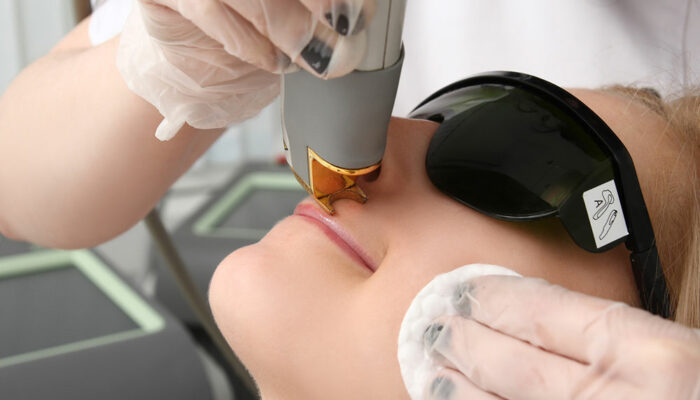
Bladder Cancer and the Treatment Methods Used
Bladder cancer occurs due to an uncontrolled growth of abnormal cells in the bladder. The treatment for bladder cancer depends on the aggressiveness of the cancer; this study is known as tumor grade. The treatment for bladder cancer depends on the extent of the spread and growth of the tumor in the organ. This is also known as the tumor stage.
1. Tumor grade
Tumor grade estimates how fast cancer is growing. If bladder cancer is at a rapid rate, it is classified as high-grade cancer and has the potential to spread faster. You may need to undergo treatment as soon as this is diagnosed. High-grade cancer therapy requires chemotherapy, radiation, or surgery.
Low-grade cancer, on the other hand, grows slowly while still having a chance of developing into high-grade cancer. Low-grade cancer does not behave like cancer in most people.
Based on these tumor grades, bladder cancer is distinguished into two types: low-grade bladder cancer and high-grade bladder cancer.
Low-grade tumors are more likely to recur than high-grade tumors. In such situations, it is necessary to eliminate the tumor from its root. Such cancers are fatal only in some situations, so it is not necessary to resort to aggressive treatments like radiation, chemotherapy, and extraction of the bladder. However, if carcinoma is detected in the outer surface of the external bladder, immunotherapy agents, such as the BCG vaccine or chemotherapy of the bladder becomes a part of the treatment.
2. Stages of bladder cancer
The stage of bladder cancer depends on three factors. They are:
- Whether the tumor is only around the wall of the bladder or in the muscle of the bladder, either surrounding the tissues or the pelvic organ.
- The lymph nodes are a group of cells that protect the body from infection, which are used to describe whether cancer has spread around the lymph nodes near the bladder.
- The doctor explains whether the disease has spread into the bladder or near the bladder around the lymph nodes.
3. Superficial bladder cancer
Superficial bladder cancer occurs only on the inner lining of the bladder; this is a low-grade cancer. The treatment method used here is a cystoscope with an instrument called transurethral resection. In this procedure, the doctor either uses a small wire lump to remove the cancer or burns the cancer with an electric current. This process is called pullulation.
Mostly, transurethral resection is done in some high-risk patients. Those with high-grade or low-grade bladder cancer also need to place medication inside the bladder. This method is known as intravesical therapy. The treatments include the use of Bacillus Calmette–Guérin or BCG, TICE, thiotepa, mitomycin, interferon, or doxorubicin (adriamycin).
Intravesical therapy reduces the risk of the recurrence of cancer and prevents it from growing. Bladder cancer treatments for superficial high degree tumors are slightly less likely to recur with transurethral resection and intravesical therapy. When high degree superficial tumor occurs more than once or twice, doctors recommend removing the bladder. This is a major operation. Older patients who have other medical problems are treated with radiation or intravenous chemotherapy.



